
国际肝胆健康(英文)(iLiver)(2023年-2024年不收版面费) 知网目次万方目次维普目次
- 国级普刊
- 主管单位:
教育部
- 主办单位:
清华大学
- 国际刊号:
2772-9478
- 国内刊号:
10-1764/R
- 学科分类:
- 字数:
6000-14000
- 有无基金:
/有基金 100.0%
- 周期:
CN外文-季刊
- 特殊属性:
外文期刊
- 电话:
- 邮箱:
iliver@tup.tsinghua.edu.cn(公众号信息)
- 复合因子:
0
- 综合因子:
0
- 收录:
知网目次,万方目次,维普目次
- 级别:
国级普刊
期刊简介
《国际肝胆健康》期刊已被查看: 次
更新频次
单位占比
一作占比
/有基金-100.0%投稿指南
1、投稿方式:在线投稿。
2、官网网址:
https://www.sciencedirect.com/journal/iliver
3、投稿系统:
https://www.editorialmanager.com/iliver/
4、主办单位相关网址:
http://www.btch.edu.cn/ksdh/gdzx/ksdt_gdwk/74708.htm
(北京清华长庚医院肝胆胰中心)
5、出刊日期:季刊,逢季末月出版。
6、官网信息:2023年-2024年投稿不收取发表费。
2024年4月22日星期一
《国际肝胆健康(英文)》(iLiver)期刊简介
iLIVER,《国际肝胆健康》,是由教育部主管、清华大学主办,清华大学出版社出版、Elsevier 全球发行,国际性同行评议和开放获取的肝脏学英文期刊,以“荟萃百家学术经典,融通多元学科智慧,引领肝脏医学前沿”为使命,以创办世界肝脏学领域的顶级学术期刊为愿景,旨在展示和传播肝脏学领域内重要创新与实践成果,为从事肝胆系统的基础、预防、临床、转化科学和交叉研究的多学科医师、专家和学者提供核心学术资源。本刊聚焦肝胆系统的临床医学、转化医学、基础医学和公共卫生学的重要原创研究,发文类型包括论著、荟萃分析、综述、共识和指南、社论、评论、研究简报。
办刊策略
iLIVER 以报道学科前沿、助力学术传播、服务学者交流为己任,秉持质量为本、精品为要、特色为王的基本办刊原则,锚定世界一流期刊,持续精进办刊水平、传播力和影响力;立足现代科技和医学发展的国际前沿,采取创新的特色精品办刊策略和差异化发展路线(Innovation),充分应用网络信息传播和数据智能技术(Intelligence),整合肝脏学领域中疾病预防与治疗、基础与转化科学研究等多元化智力和学术资源(Integration),推动全球肝脏学界的跨领域学科交叉研究(Internationalization),促进国际肝脏学知识创造、技术革新、实践改进和学科繁荣发展。
发文类型
论著、荟萃分析、综述、共识和指南、社论、评论、研究简报。
载文范围
聚焦肝胆系统的临床医学、转化医学、基础医学和公共卫生学的重要原创研究,主要研究范围包括但不限于以下八个方面:
• 肝脏的结构与功能及其调控机制
• 肝脏病基础研究,包括病因病机、病理生理与防治策略
• 肝胆疾病的预防、诊断、治疗、康复和慢病管理
• 肝胆疾病流行病学、预防、监控、卫生政策等相关公共卫生学研究
• 肝脏健康相关的转化科学研究
• 肝脏学领域中数据和智能技术的应用
• 肝胆疾病相关的临床药物与器械评价试验
• 肝脏学和肝脏病学相关的多学科交叉融通研究
编委团队
iLIVER 拥有院士领衔的国际化编委团队。本刊主编由中国工程院院士、清华大学临床医学院院长、清华大学附属北京清华长庚医院院长董家鸿担任,副主编为肝脏学和肝脏病学相关领域的国际著名医学家和工程科学家,编委团队来自全球18个国家,均为全球肝脏学领域内从事临床、预防、基础、转化或交叉研究的卓越医师、科学家、工程科学家和学者。
《国际肝胆健康(英文)》(iLiver)作者指南
【官网信息】
Guide for Authors
Aims and scope
iLIVER is an open access English journal in the field of hepatology, hosted by the Ministry of Education of the People's Republic of China and Tsinghua University, published by Tsinghua University Press, and distributed globally by Elsevier. iLIVER aims to present and disseminate the innovations and practical achievements in the field of hepatology, and to provide core academic resources for multidisciplinary physicians, experts and scholars engaged in the basic, preventive, clinical, translational science and medical interdisciplinary research of the hepatobiliary system.
iLIVER publishes Original article, Meta-analysis, Review, Consensus and Practice Guideline, Editorial, Correspondence, Short communication concerning clinical medicine, translational medicine, basic medicine and public health in the field of hepatobiliary system.
The scope includes but is not limited to the following aspects:
Studies on the structure, function and regulation mechanism of liver;
Basic studies on hepatobiliary diseases, including etiology, pathogenesis, pathophysiology and prevention strategies;
Prevention, diagnosis, treatment, rehabilitation and chronic disease management of hepatobiliary diseases;
Studies on public health related to epidemiology, prevention, monitoring and health policy of hepatobiliary diseases;
Translational science related to liver health;
Application of data and intelligent technology in the field of hepatology;
Clinical drug trials and medical device clinical trials related to hepatobiliary diseases;
Interdisciplinary research focusing on hepatology.
Types of Article
Original articles are full-length reports of original research. Original articles must be no longer than 4,000 words (excluding references, table, figure legends). Structured abstracts of up to 250 words are required, structured as follows: background and aims; methods; results; conclusion. The title should with no more than 120 characters (excluding spaces). Manuscripts should contain no more than 8 figures and tables. References should not exceed a maximum of 100.
Review articles aims to provide systematic and substantial coverage of mature subjects, evaluations of progress in specified areas, and/or critical assessments of emerging technologies. Review articles are expected to be clear, concise and updated, also should include 3 to 6 key points. Review articles should be no longer than 7,000 words (excluding references). Unstructured abstracts of up to 250 words are required. The inclusion of a maximum of 8 tables and/or figures to summarize critical points is allowed. References should not exceed a maximum of 150.
Meta-analysis articles are systematic, critical assessments of current literature pertaining to clinical topics, emphasizing factors such as cause, diagnosis, prognosis, therapy, or prevention. All articles should be searched for and selected systematically for inclusion and critically evaluated, and the search and selection process should be described in the manuscript. The specific type of study or analysis should be described for each article or data source. We encourage authors of meta-analyses of clinical trials to submit the PRISMA flow diagram and checklist, authors of meta-analyses of observational studies to submit the MOOSE checklist as supplemental items. Text word limits: 5,000 words, excluding abstract, references, tables, and figures; Structured abstract: 250 words; References: 75 maximum. Tables and figures: 7 maximum.
Short communications are concise, meritorious scientific reports of novel original research that is within the journal's scope and of particular interest to the community. It should not have an abstract or subsections such as Introduction, Results or Discussion. The information of Materials and Methods could be submitted as supplementary materials if necessary. It must be less than 1,000 words (excluding table, figure legends, or references), contain no more than 1 figure or table and 10 references. The maximum number of authors is 6.
Editorials are invited opinions of recognized leaders in hepatobiliary specialties. It should be no longer than 1,500 words (including references and table or figure legends) and include no more than 1 figure or table and 9 references.
Correspondence offers novel perspectives and opinions on publications in iLIVER. Correspondence must be submitted by the end of the month in which the corresponding article was published in print (e.g., a response to an article in the March issue should be submitted by the end of March). Correspondence is usually not peer reviewed. Correspondence should be no longer than 500 words (including references and table or figure legends) and include no more than 5 references and 1 figure or table. The maximum number of authors is 2.
Consensus and Practice Guideline should be driven by a high level of evidence and describe novel diagnostic or therapeutic algorithms that are not already well-documented by other organizations or publications. Consensus meetings or Guideline committees should be convened by a high-profile, non-profit, Hepatology organization or group that ensures broad and objective input from recognized experts on the topic. The length of Practice Guideline is decided by the Editor on a case-by-case basis. Consensus should be no longer than 2,400 words (including figure, table legends) and contain no more than 2 figures or tables and 25 refere
Submission checklist
You can use this list to carry out a final check of your submission before you send it to the journal for review. Please check the relevant section in this Guide for Authors for more details.
Ensure that the following items are present:
One author has been designated as the corresponding author with contact details:
• E-mail address
• Full postal address
All necessary files have been uploaded:
Manuscript:
• Include keywords
• All figures (include relevant captions)
• All tables (including titles, description, footnotes)
• Ensure all figure and table citations in the text match the files provided
• Indicate clearly if color should be used for any figures in print
Graphical Abstracts / Highlights files (where applicable)
Supplemental files (where applicable)
Further considerations
• Manuscript has been 'spell checked' and 'grammar checked'
• All references mentioned in the Reference List are cited in the text, and vice versa
• Permission has been obtained for use of copyrighted material from other sources (including the Internet)
• A competing interests statement is provided, even if the authors have no competing interests to declare
• Journal policies detailed in this guide have been reviewed
• Referee suggestions and contact details provided, based on journal requirements
……
更多详情:
https://www.keaipublishing.com/en/journals/artificial-intelligence-in-agriculture/guide-for-authors/
《国际肝胆健康》同类内科学期刊
-
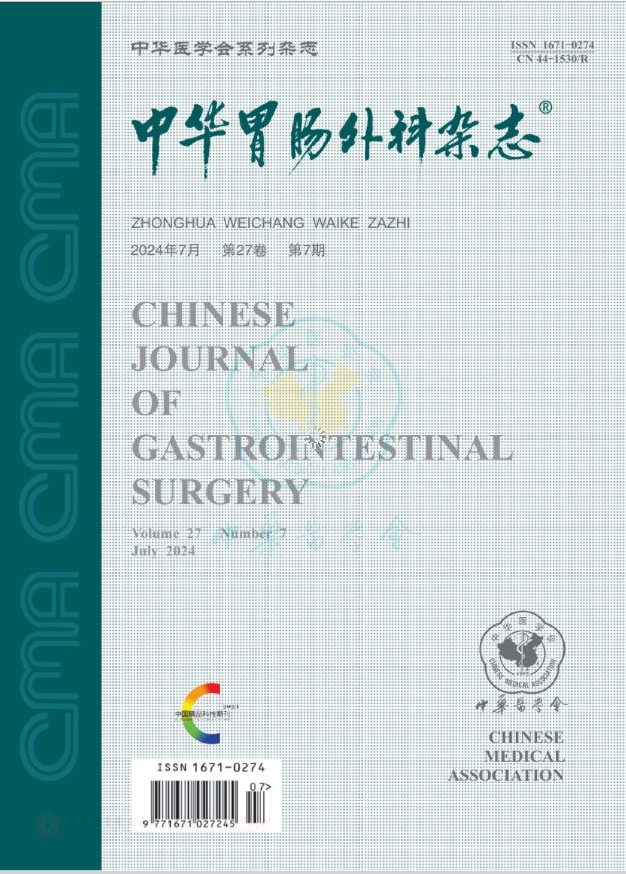
中华胃肠外科杂志(原:中国胃肠外科杂志)
北核,CSCD,科核,武A,高T2
CN中文-月刊影响因子1.903
-
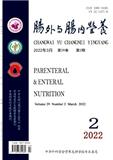
肠外与肠内营养
北核,CSCD,科核,武A+,高T3
CN中文-双月刊影响因子1.694
-
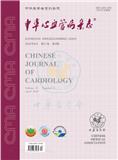
中华心血管病杂志
北核,CSCD,科核,武A+,高T1
CN中文-月刊影响因子2.576
-

中国糖尿病杂志
北核,CSCD,科核,武A
CN中文-月刊影响因子1.554
-
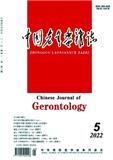
中国老年学杂志
北核,武A+
CN中文-半月刊影响因子1.791
-
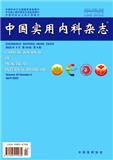
中国实用内科杂志
北核,CSCD,科核,武A
CN中文-月刊影响因子1.51
-
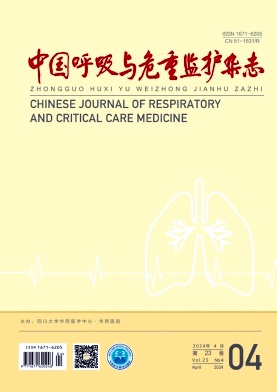
中国呼吸与危重监护杂志
CSCD,科核,武A-,高T3
CN中文-月刊影响因子1.753
-
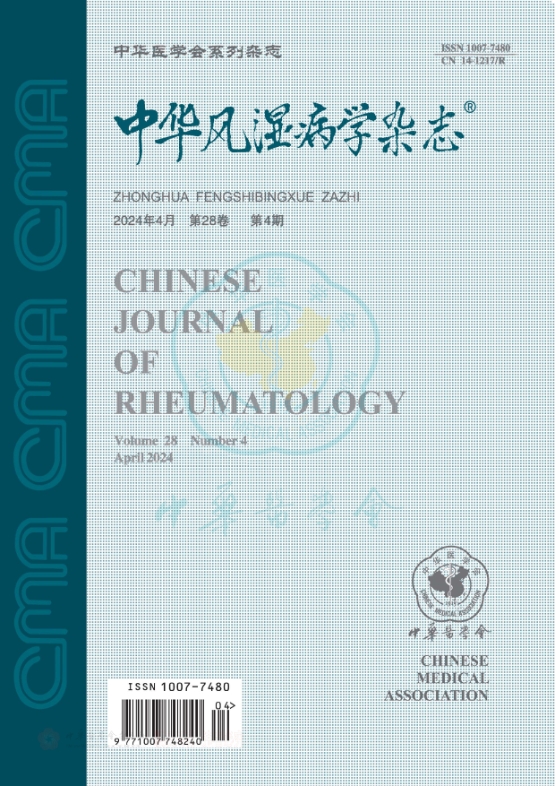
中华风湿病学杂志
科核,CSCD扩,武B+
CN中文-月刊影响因子0.744
常见问题
-
国际肝胆健康杂志社官网、联系方式是什么?
国际肝胆健康杂志社官网:https://www.sciencedirect.com/journal/iliver
投稿网址:https://www.editorialmanager.com/iliver/
投稿邮箱:iliver@tup.tsinghua.edu.cn(公众号信息) -
国际肝胆健康杂志是核心期刊么?
国际肝胆健康不是核心期刊,级别是:国级普刊, 是:内科学分类下的知网目次,万方目次,维普目次收录的期刊。
-
请问你们是国际肝胆健康杂志社吗?
我们不是《国际肝胆健康》杂志社。本站主要从事期刊信息展示与期刊推荐,不是任何杂志官网,直投稿件请联系杂志社。本站仅提供免费的学术指导、论文辅导、期刊投稿信息整理收集服务。
-
你们指导服务后可以保证文章被发表吗?
期刊发表的成功与否,主要取决于文章内容的质量。编辑老师会根据研究领域、创新性等多因素进行考量。我们会帮助您理解期刊的发表要求,助力提升发表几率,从而增加发表的机会。
-
晋级论文能否在报纸上发表?
在学术界,论文的发表往往被视为研究者职业发展的重要一环。晋级论文,即为了获得更高职称或学术地位而撰写的学术论文,通常需在专业期刊上发表。然而,许多人可能会问
